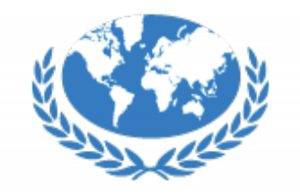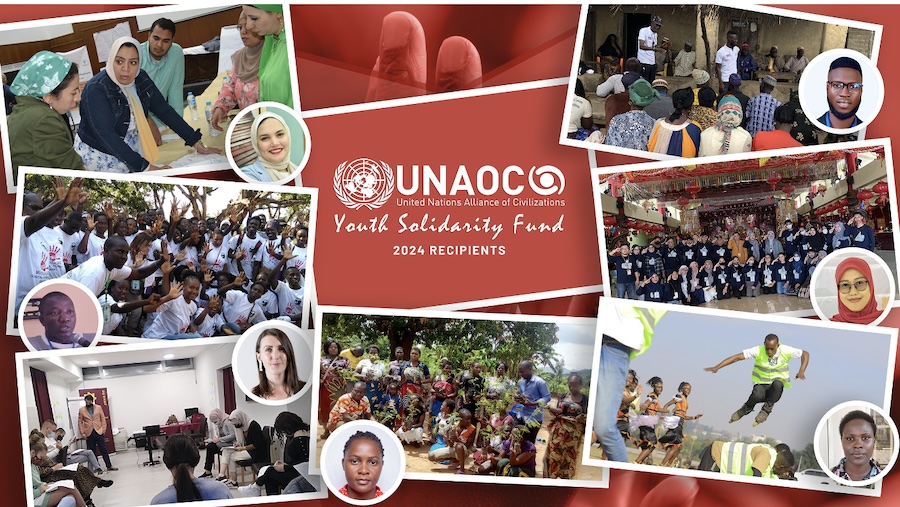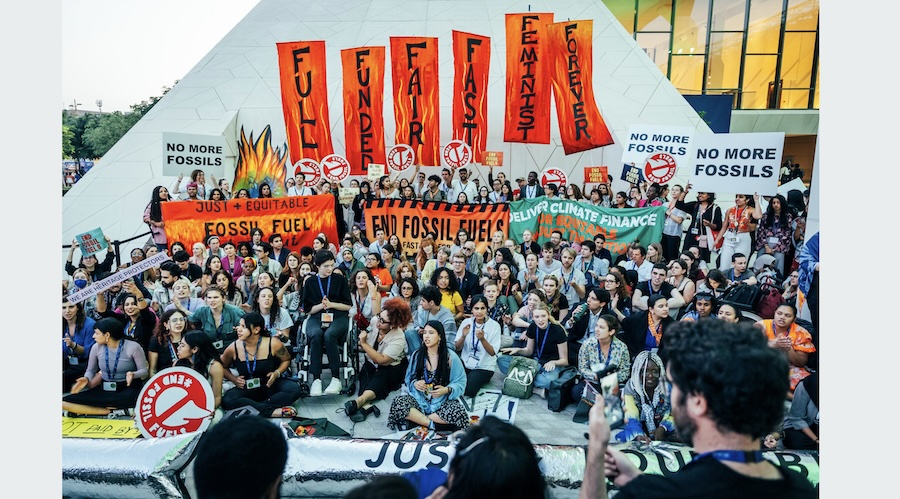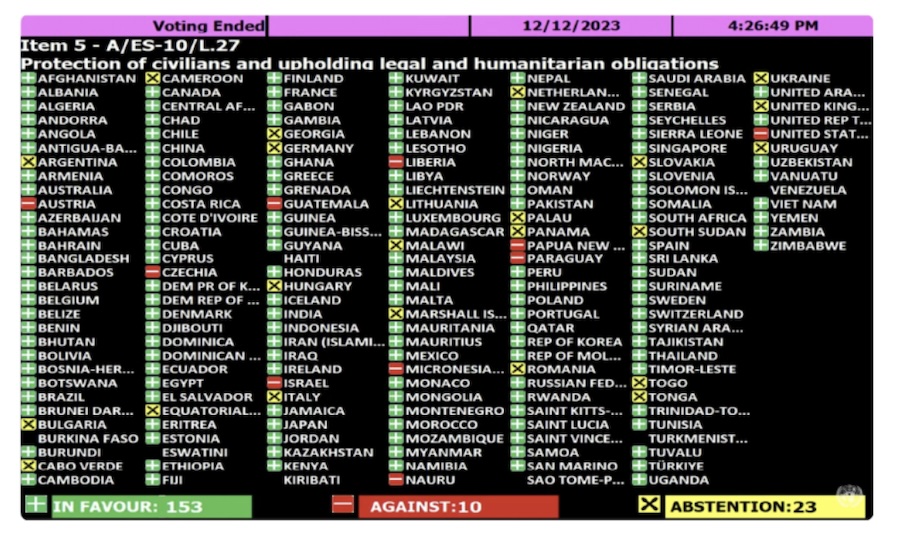DISARMAMENT AND SECURITY .
A submission on the UN Website for the Summit of the Future
From Global Alliance for Ministries and Infrastructures for Peace (GAMIP), https://gamip.org Organizational sponsor: Paul Maillet, Board Member, pmaillet48@gmail.com
Chapeau
Project – Creation of a UN Council of Peace
The challenge of our times is in daring to create new thinking about peace.
Our proposal is to incrementally increase a focus of peace away from the existing central attention to global security through military means, with the establishment of a UN Council of Peace. This council will require enough resources so it will be sustainable and effective with sufficient authority and leadership so that over time it will help bring a new paradigm/worldview of peace.

In the preamble for the UN Charter, to achieve its stated ends, it is written that UN members are to practice tolerance and live together in peace as good neighbours, followed by a goal to unite our strength to maintain international peace and security.
`
Sadly, the maintenance of international peace has been constructed through a perpetual threat of military dominance and annihilation.
The UN Charter was developed with two world wars as background history. At that time, the victors of the Second World War chose to become the leaders of global security. In retrospect, it would have been difficult not to place peace within the security framework at that time. For 75 years, these leading states have practiced “tolerance of one another” by imposing a nuclear threat regime upon the world.
Why Now?
The UN needs to strengthen itself to better face the onset of the climate crisis, war and conflict, the erosion of democracies, and the current dominance of military security.
Peace is often an after-thought, for when military affairs of conflict get settled. Since the inception of the UN , the priorities and rivalries managing current affairs have failed Peace. The world is desperate for a UN Council of Peace, as part of UN fiscal priorities, so that nations can prioritize the establishment of new, effective peace-driven institutions.
What is Peace?
We agree that “peace is a human right. It is essential to the realization of human rights. Peace is also a product of human rights: The more a society promotes, protects and fulfils their obligations towards these rights, the greater the chances for curbing violence and resolving conflict peacefully.”
In the current worldview of security, peace is narrowly defined as the absence of hostility, violence, conflict or war; and now perceived as “stable” by nuclear deterrence.
However, a worldview of peace as an intrinsic state of relationships, becomes an intergenerational vision of freedom, political social justice, harmonious co-existence, and a movement away from the primacy of military means.
What is the United Nations doing for a culture of peace?
What is missing at the UN?
There exists many initiatives regarding UN and peace, such as the Agenda for Peace, the New Agenda for Peace and UN A/RES/52 -243. “Declaration and Programme for a culture of peace”; all that require structure to be effective.
The UN project of “Transforming our world: the 2030 Agenda for Sustainable Development”, with its 17 Sustainable Development Goals (SDGs) and 169 targets have integrated peace into their objectives. It “seeks to strengthen universal peace in larger freedom.” It reveals a determination “to foster peaceful, just and inclusive societies which are free from fear and violence. There can be no sustainable development without peace and no peace without sustainable development.”
In particular, goal SDG 16 is to promote peaceful and inclusive societies for sustainable development, provide access to justice for all and build effective, accountable and inclusive institutions at all levels.
However, there is abundant proof for the need to do much better. The creation of a UN Council of Peace could provide a means to help fulfill the original and optimistic ideals of the UN Charter. We believed that peace must be the foundational framework for global decisions and not an elusive outcome of the present-day “primacy of military” security context.
Potential Organizational Factors
Both the General Assembly (Chapter 4, article 22) and the Security Council (Chapter 6, article 29) can establish subsidiary organs as they deem necessary for the performance of their functions.
Usually, membership of UN organs has been provided through UN Member representation. However, other bodies such as credible academic institutions, peace movements or expert individuals should be welcome, and their participation in a founding Council of Peace would be encouraged.
For example, one could envision the inclusion of The Elders group, whose engagements and values would benefit the elevation of peace as a primary, hopeful value, together with their commitments towards Multiculturalism, Human Rights, Gender equality and Women in Leadership and intergenerational dialogue.
One could envision a fulsome reform of the UN Trusteeship Council to focus on codifying new major principles of international relations, centering on peace first, prohibition of the use of force in international relations, and a commitment to disarm the planet.
Lastly, one could envision a wider public citizen engagement for partnership and funding, recognizing that citizens rarely have a say in priorities and spending for national and international security.
Potential Status
The vision of this project would see the UN Council of Peace initially empowered as an advisory group and ultimately with decision making authorities within the United Nations, in relation to the Secretary General, the General Assembly and Security Council. We believe that the time is now, for the Creation of the UN Council of Peace. In the name of humanity, let us “Give Peace a Chance.”
We remain available should you have any questions on this proposal, Paul Maillet, pmaillet48@gmail.com, Canada Dr. Sylvie Lemieux, slemieux3599@rogers.com, Canada
(Editor’s note: On the UN website, the proposal is accompanied by footnotes citing the documents that are mentioned.)












